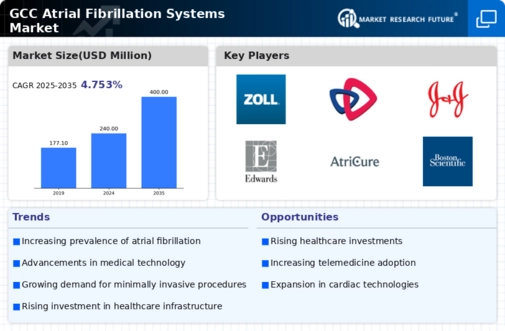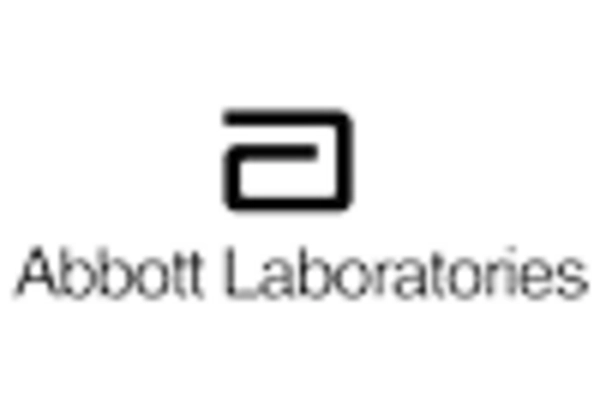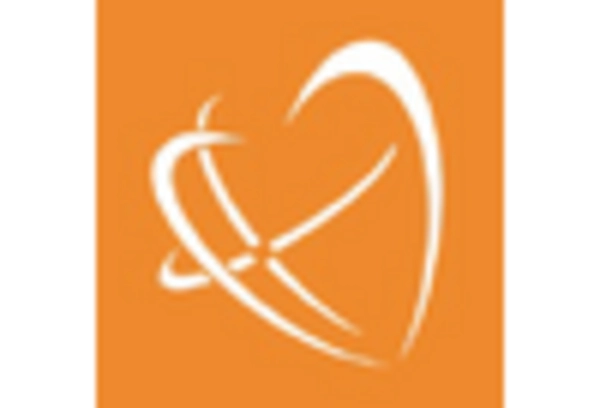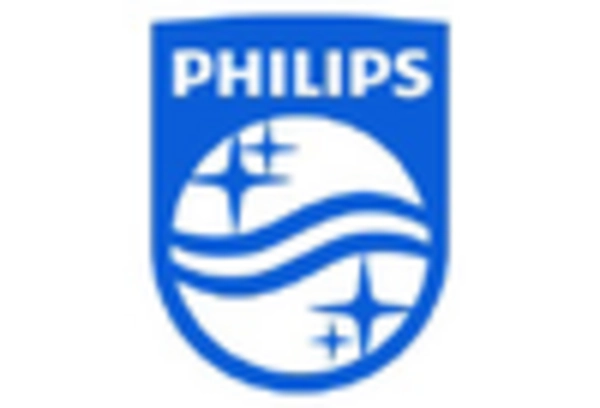Government Initiatives and Funding
Government initiatives aimed at improving cardiovascular health in the GCC are significantly influencing the atrial fibrillation-systems market. Various health ministries are launching programs to promote awareness and early detection of AF, which is expected to increase the adoption of advanced monitoring systems. Additionally, funding for research and development in cardiac care technologies is on the rise, with allocations reaching millions of $ annually. Such financial support encourages innovation and the introduction of new products in the atrial fibrillation-systems market, ultimately enhancing the quality of care provided to patients.
Technological Integration in Healthcare
The integration of advanced technologies such as telemedicine and artificial intelligence in healthcare is transforming the atrial fibrillation-systems market. These technologies facilitate remote monitoring and real-time data analysis, allowing healthcare providers to manage AF more effectively. The GCC region is witnessing a surge in digital health solutions, with investments in health tech expected to exceed $1 billion by 2025. This trend not only improves patient engagement but also streamlines clinical workflows, making it easier for healthcare professionals to monitor and treat atrial fibrillation, thus driving market growth.
Increased Focus on Preventive Healthcare
The growing emphasis on preventive healthcare in the GCC is driving the atrial fibrillation-systems market. Health authorities are promoting regular screenings and lifestyle modifications to prevent the onset of AF. This proactive approach is likely to lead to earlier diagnosis and treatment, which in turn increases the demand for monitoring systems. The market is expected to see a rise in the adoption of wearable devices and mobile health applications that facilitate continuous monitoring of heart health. Such innovations are crucial in managing atrial fibrillation effectively and are likely to shape the future landscape of the atrial fibrillation-systems market.
Rising Prevalence of Atrial Fibrillation
The increasing incidence of atrial fibrillation (AF) in the GCC region is a primary driver for the atrial fibrillation-systems market. Factors such as an aging population, lifestyle changes, and the prevalence of comorbidities like hypertension and diabetes contribute to this rise. According to recent health statistics, the prevalence of AF in the GCC is projected to reach approximately 3.5% by 2025. This growing patient population necessitates advanced monitoring and treatment solutions, thereby propelling the demand for atrial fibrillation-systems. Healthcare providers are increasingly investing in innovative technologies to manage AF effectively, which is likely to enhance patient outcomes and reduce healthcare costs in the long run.
Growing Demand for Minimally Invasive Procedures
There is a notable shift towards minimally invasive procedures for the treatment of atrial fibrillation, which is significantly impacting the atrial fibrillation-systems market. Patients are increasingly opting for less invasive options due to shorter recovery times and reduced hospital stays. The market for catheter ablation, a minimally invasive procedure, is projected to grow at a CAGR of 10% in the GCC region. This trend is prompting manufacturers to innovate and develop advanced systems that cater to the needs of both patients and healthcare providers, thereby expanding the market.

















Leave a Comment